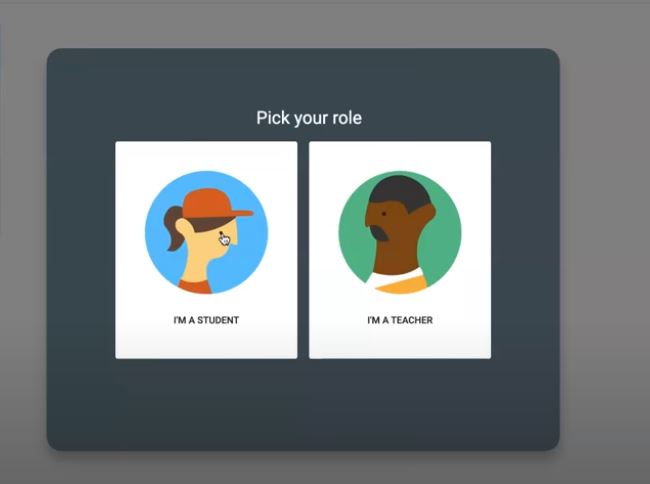Google Classroom has been at the forefront of the significant changes in education in recent years. Since its introduction in 2014, it has completely changed the dynamic between educators and learners, improving accessibility, organization, and engagement. In a fully online environment, a hybrid setting, or a traditional classroom, this platform has improved student engagement while drastically lowering administrative burdens.
Google Classroom at a Glance
| Feature | Details |
|---|---|
| Launch Year | 2014 |
| Developed By | Google (as part of Google for Education) |
| Primary Purpose | Classroom management & remote learning |
| Key Integrations | Google Drive, Docs, Sheets, Meet, Calendar |
| Accessibility | Web, Android, iOS |
| Pricing | Free for basic version, premium plans available |
| User Base | Over 150 million active users worldwide |
| Official Website | Google Classroom |
The One-Stop Digital Learning Center
Google Classroom is a dynamic environment that seamlessly connects with the rest of the Google Workspace suite, making it more than simply another educational tool. An incredibly effective and user-friendly interface allows teachers to set assignments, monitor student progress, and lead conversations. With cloud-based storage and real-time collaboration tools, it offers a very clear framework for contemporary education.
How Google Classroom Improves Education
- Simplified Distribution of Assignments
No more misplaced assignments or missed deadlines. Teachers can ensure smooth communication by assigning, collecting, and grading work in a highly effective manner. Instant notifications help students remain on top of their assignments.
- Collaboration and Engagement in Real Time
Complete integration with Google Sheets, Slides, and Docs allows students to collaborate on tasks in real time while teachers give prompt feedback. Students’ involvement is significantly increased and they remain actively interested in their education thanks to this interactive technique.
- A Completely Coordinated Educational Package
Google Classroom integrates seamlessly with Google Meet for online instruction, Forms for assessments, and Calendar for planning. By combining these resources, a highly adaptable digital classroom is produced, facilitating easy communication between educators and learners.
- A Grading System That Saves Time
Teachers may quickly monitor student performance, leave comments on assignments, and effectively evaluate progress using Google’s integrated gradebook. Additional flexibility is provided by the option to export grades to external learning management systems.
The Features That Set Google Classroom Apart
Although there are other learning management systems, Google Classroom is a great option due to its ease of use, affordability, and wealth of features. Students who primarily use tablets and smartphones for learning would especially benefit from its mobile accessibility. Even people with little technical expertise can easily browse the site thanks to its user-friendly layout.
Obstacles and Opportunities for Development
Even with all of its benefits, Google Classroom can yet be improved. Although the grading system integrates effectively with Google resources, some educators believe that it lacks extensive customization options. Additionally, increasing third-party interoperability could further improve the system’s potential. Thankfully, Google keeps improving the platform with new features that increase security and usability.
Google Classroom: The Education of the Future
Google Classroom is positioned to take the lead as education continues to embrace digital revolution. Anticipate a future where learning is even more individualized and adaptive as EdTech becomes more integrated with AI and machine learning. The classroom of the future will be smarter, more accessible, and more connected than ever before, thanks to technologies like predictive analytics and AI-driven tutoring.
An Infrastructure Designed for the Future
Google Classroom is a revolution in education, not just a technology. It has reshaped what is feasible in the digital classroom by lowering obstacles to learning and promoting smooth communication. Technology is one of the most important tools in contemporary education, and its influence will only increase as it develops.



9 Comments
w916th
otipib
tf1ilp
wm7ua9
f0daxd
fmnebb
19pvg5
GORE
There may be noticeably a bundle to find out about this. I assume you made certain good points in options also.